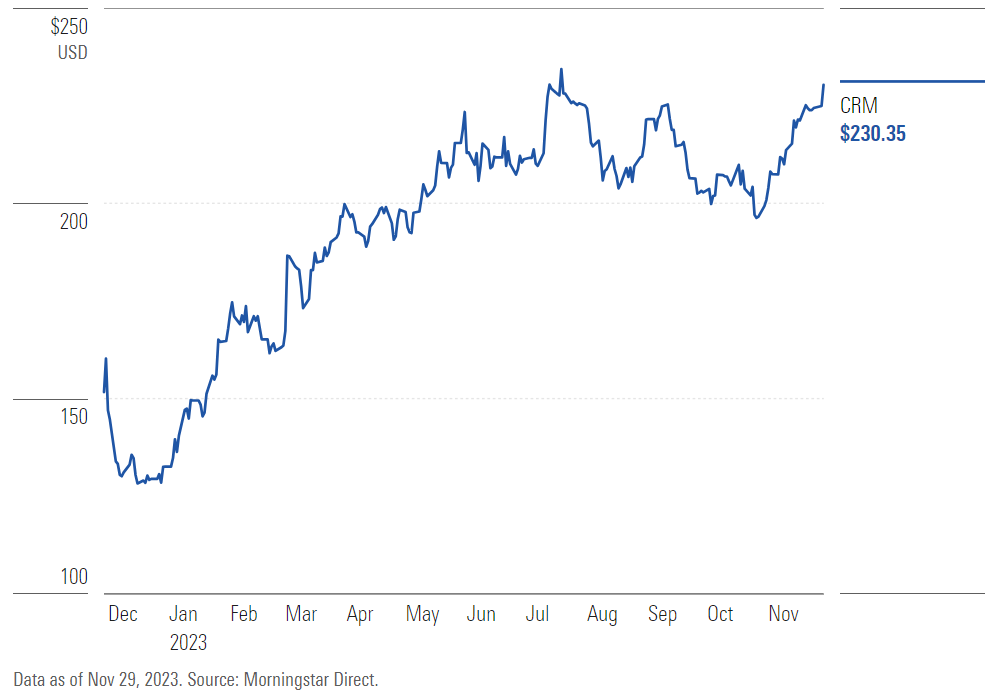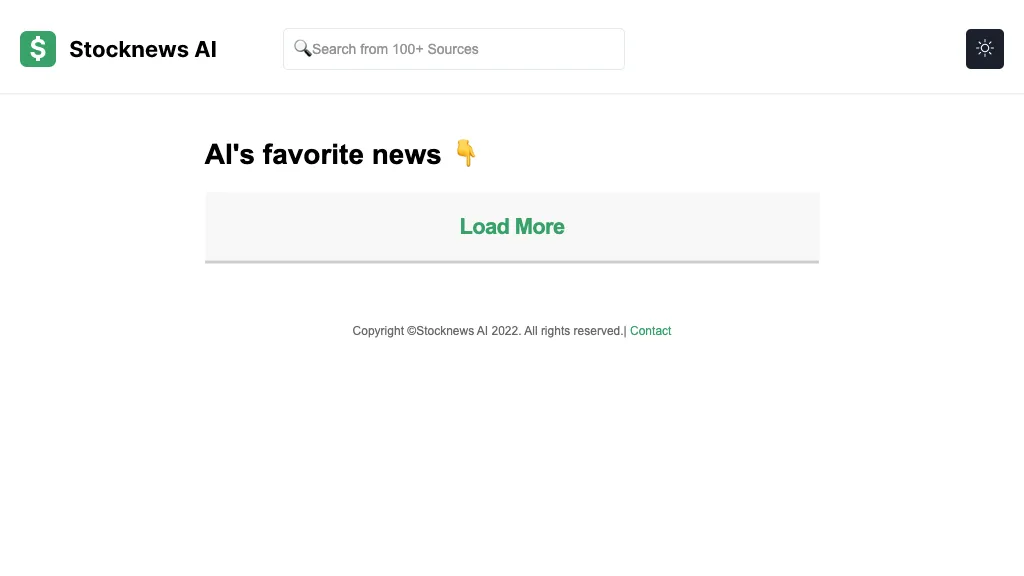Top 10 Tips For Evaluating The User Interface And Experience Of Ai Platform For Predicting And Analyzing Stocks
The User Interface and User Experience of AI trading platforms that use analysis and prediction of stocks are crucial in ensuring their usability and effectiveness. They also contribute to the overall satisfaction. Even if AI models are robust however, an undesigned interface could hinder the process of making decisions. Here are the top 10 guidelines to evaluate the user interface/UX of these platforms:
1. Evaluation of the intuitiveness and ease of use
Navigation: Ensure that the platform is easy to use, using menus and buttons that are easy to understand as well as workflows.
Learning curve: Determine how quickly users new to the platform can learn and operate the platform with no extensive training.
Check for consistent designs (e.g. color scheme and button styles) across all platforms.
2. Check Customizability
Dashboard customization: Verify whether users are able to customize dashboards to display relevant information, charts, and metrics.
Layout flexibility - Make sure that your platform is able to allow users change the size or layout of widgets as well as charts.
Themes and preferences: Check if the platform offers dark/light options or other preferences for visuals.
3. Review the data Visualization
Quality of the chart: Ensure that the platform has interactive charts that are of top quality (e.g. candlestick charts, lines charts) which include zoom and pan functions.
Visual clarity Check that all data is displayed in a clear and concise manner that includes labels, legends and tips-offs.
Real-time Updates: See if your visualizations reflect the latest market information.
4. Test for Speed and Reactivity
Loading time: Make sure the platform is loaded quickly, even when dealing with large datasets or complex calculations.
Real-time Performance: Check if the platform is able to handle data feeds at no delays.
Cross-device Compatibility: Check if the platform works seamlessly with other gadgets (desktops or smartphones).
5. Evaluate Accessibility
Mobile App: Make sure the platform offers an app for trading on the go that offers full functionality.
Keyboard shortcuts. Make sure that the platform provides keyboard shortcuts for users who are skilled.
Accessibility features: Determine if the platform is compliant with the accessibility requirements (e.g. screen reader support, high-contrast modes).
6. Assess Search and Filter Functionality
Searching functionality users are expected to be able search for stocks, indices or other securities.
Advanced filters: Check whether users are able to apply filters (e.g. by sector, market cap, performance metrics) to narrow results.
Saved searches: Check whether the platform allows users to save searches they frequently use or filters.
7. Be sure to check for alerts and notifications.
Alerts that can be customized: Make sure users can set up alerts for specific conditions (e.g., price thresholds, volume spikes news happenings).
Notification Delivery: Check to determine if notifications are sent in different methods (e.g. via SMS, email or app notifications).
Timeliness - Make sure whether alerts are sent out quickly and accurately.
8. Check Integration with other tools
Broker integration: Make sure your broker account is seamlessly integrated to your broker account in order to assist in the execution of trades.
API access: Discover the API access for advanced users. the API to create their own customized tools or workflows.
Third-party integrations : Check whether the platform supports integration with other applications, like Excel, Google Sheets or trading bots.
9. Assess Support and Help Features
Onboarding Tutorials: Find out whether your platform provides tutorials or guides for new users.
Help center: Make sure the platform offers a comprehensive knowledge base or help center.
Customer support: Find out if the platform offers an efficient customer support (e.g. live chat, email, phone).
10. Test User Satisfaction Overall
Feedback from users Review and testimonials can be used to measure overall satisfaction of the users with the platform's UI/UX.
Trial period - Test the platform with a no-cost trial to see how it functions.
Error handling: Find out how the platform handles errors and edge situations (e.g., invalid inputs and server downtime).
Bonus Tips
Aesthetics are essential, a beautiful design can help improve user experience.
Performance under stress: Ensure the platform is responsive and stable during times of market volatility.
Make sure the platform includes an active user community in which users can share feedback and offer suggestions.
These guidelines will allow you to examine the user interface and user experience of AI trading platforms which can predict or analyze stock prices. You can be sure that they are efficient, aligned with your needs in trading and are user-friendly. A well-designed UI/UX can help you make better choices and execute trades with greater efficiency. Have a look at the recommended visit website about AI stock picker for more advice including AI stock trading bot free, ai trade, AI stock trading bot free, best ai trading app, chart ai trading assistant, best ai trading software, ai trading tools, best AI stock, investment ai, trading ai and more.

Top 10 Tips On How To Evaluate The Speed And Latency Ai Analysis And Stock Prediction Platform
For algorithmic, high-frequency and active traders speeds and latencies are key factors when looking at AI platforms for stock forecasting and analyzing. Even milliseconds can affect the execution of trades and even profitability. Here are 10 of the best ways to measure the speed and latency of trading platforms.
1. Real-time data feeds that are to be analyzed
Speed of data delivery: Make sure the platform is able to deliver real-time information with a minimum delay (e.g., sub-millisecond latency).
Data source proximity – Check to see if your servers of your platform are close to important exchanges. This can reduce data transmission times.
Data compression: Determine whether your platform is using efficient techniques for data compression in order to accelerate the speed of data transfer.
2. Test Trade Execution Rate
The time it takes to process your order is the time of your order that will be processed and executed through the platform.
Direct market access (DMA). Check to see if the exchange you're using offers DMA. DMA allows orders made directly to an exchange to be processed without intermediaries.
Review the execution reports to see whether they contain timestamps for order confirmation, fill, and submission.
3. Examine the Platform's Responsiveness
User interface (UI) speed: Test the speed at which the UI of your platform responds to your inputs (e.g. click buttons or loading charts).
Chart updates: Verify that visualisations and charts update in real-time and without delay.
Performance of mobile applications: When using a mobile app, ensure that it runs at the same speed as a desktop version.
4. Look for low latency infrastructure
Server Locations: Use servers with low-latency that are near major financial centers or exchanges.
Co-location service: Find out if your platform offers this option. This allows you to host trading algorithms on servers near to the exchange.
High-speed networks: Determine that the platform utilizes high-speed fiber-optic networks or other low-latency technologies.
5. Backtesting and Evaluation of Simulation Speed
Find out how quickly the platform analyses and processes old data.
Simulation latency: Make sure that the platform can simulate trades in real-time without significant delays.
Parallel processing (or distributed computing) Find out what platforms use parallel or distributed processing to accelerate complicated calculations.
6. Calculate API Latency
API response time The API response time is the rate at the rate at which an API platform responds to requests.
Rate limits: Check if the API has reasonable rate limits to avoid delays in high-frequency trading.
WebSocket support Make sure your platform is using WebSocket protocol to support low-latency, real-time data streaming.
7. Test Platform Stability when Loaded
High-volume trading: Play high-volume trading scenarios to assess if the platform remains steady and responsive.
Market volatility: Ensure that your platform is able to handle price fluctuations during times of high volatility.
Stress testing: Check whether the platform provides the tools to stress test your strategies in extreme circumstances.
8. Evaluation of Connectivity and Network
Internet speed requirements: Make sure your internet connection meets the platform's recommended speed for maximum performance.
Redundant Connections: To prevent delay, verify that the platform can support redundant internet connections.
VPN latency - If you use the VPN to connect, be sure it doesn't create significant latency. Make sure that the provider offers alternative options.
9. Check for Speed-Optimization Features
Pre-trade analyses The platform must provide pre-trade analysis to help optimize speed of execution and routing of orders.
Smart order routing: Find out whether your platform uses SOR to locate the most cost-effective and fastest execution venue.
Monitoring latency: Find out whether the platform provides tools to monitor and analyze latency in real-time.
Review User Feedback Benchmarks
Feedback from users: Use reviews of users to evaluate the performance of the platform with regard to the speed of its operation and latency.
Third-party benchmarks by third parties. Look for independent benchmarks, or reviews that compare the performance of a platform against other platforms.
Case studies: Verify if a platform has cases studies or testimonials that highlight the low-latency features.
Bonus Tips
Trial period: Take a the free trial or demo of the platform to see how it performs in real-world scenarios.
Customer Support: Make sure whether the platform provides support in latency-related problems or optimization.
Hardware requirements: Determine if the platform needs specific hardware for maximum performance.
By following these tips, you can effectively assess the speed and latency of AI stock-predicting and analyzing trading platforms and ensure that you select a platform that meets your requirements for trading and reduces the time it takes to complete. A low latency is essential for high-frequency and algorithmic traders. Even small delays can have a significant impact on profits. Have a look at the most popular learn more here on ai for trading stocks for website examples including ai options, AI stock prediction, stocks ai, ai for trading stocks, how to use ai for copyright trading, invest ai, trading ai tool, ai in stock market, ai in stock market, ai copyright signals and more.

Comments on “20 Free Ways For Choosing AI Stock Trading Platforms”